Awards Benjamin Franklin Medal | Name Don Norman | |
 | ||
Born Donald Arthur Norman December 25, 1935 (age 89) ( 1935-12-25 ) Fields Cognitive scienceUsability engineering Institutions UCSD Design LabNielsen Norman GroupKorea Advanced Institute of Science and Technology Alma mater MITUniversity of Pennsylvania Thesis Sensory Thresholds And Response Biases In Detection Experiments, A Theoretical And Experimental Analysis (1962) Role Computer science researcher Books The Design of Everyday, Emotional Design, Living with Complexity, The Design of Future Things, The Invisible Computer Similar People Bruce Tognazzini, David Rumelhart, Al Gore, Steve Jobs | ||
Residence United States of America | ||
California cognitive science conference 2015 don norman
Donald Arthur "Don" Norman (born December 25, 1935) is the director of The Design Lab at University of California, San Diego.
Contents
- California cognitive science conference 2015 don norman
- Don norman the design of future things
- Early academics
- Cognitive engineering career
- User centered design
- Quotes
- References
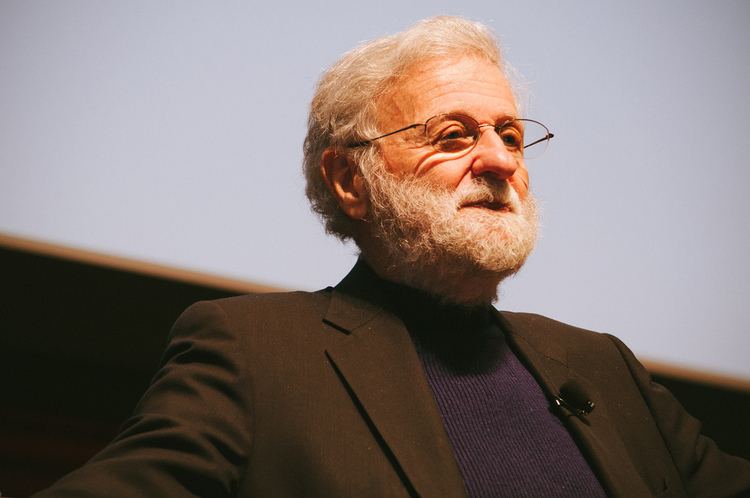
He is best known for his books on design, especially The Design of Everyday Things. He is widely regarded for his expertise in the fields of design, usability engineering, and cognitive science. He is also a co-founder and consultant with the Nielsen Norman Group.
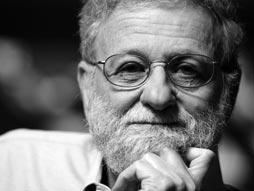
Much of Norman's work involves the advocacy of user-centered design. His books all have the underlying purpose of furthering the field of design, from doors to computers. Norman has taken a controversial stance in saying that the design research community has had little impact in the innovation of products, and that while academics can help in refining existing products, it is technologists that accomplish the breakthroughs.
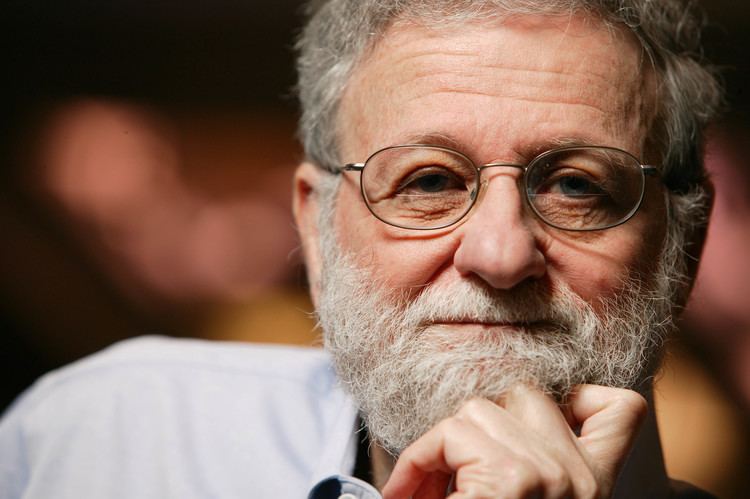
Norman had been splitting his time between co-directing the dual-degree MBA and Engineering program at Northwestern University and consulting with the Nielsen Norman Group. Norman announced that he would no longer teach full-time after the 2009–2010 academic year.
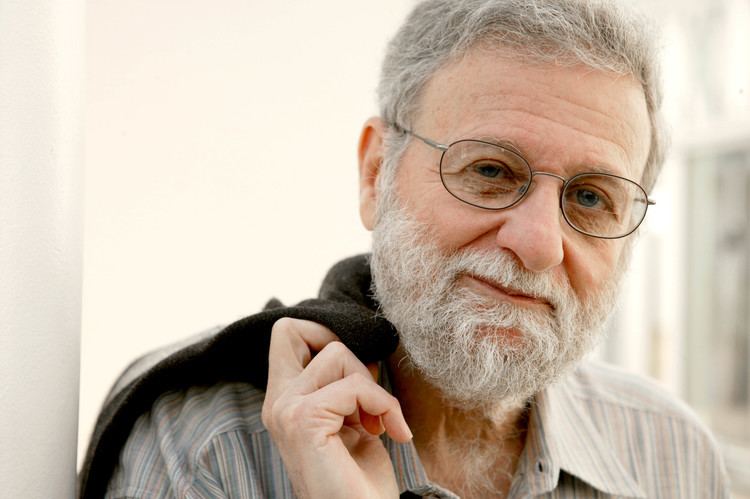
Norman is an active Distinguished Visiting Professor at the Korea Advanced Institute of Science and Technology (KAIST), where he spends two months a year teaching. He also holds the title of Professor Emeritus of Cognitive Science at the University of California, San Diego.
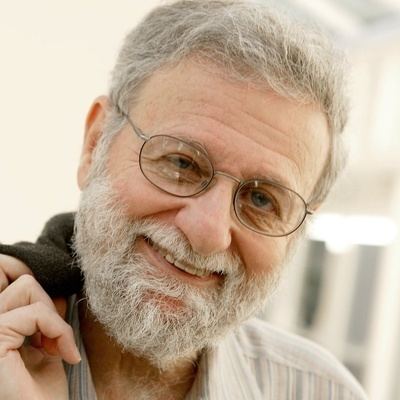
He is on numerous educational, private, and public sector advisory boards, including the editorial board of Encyclopædia Britannica.
In 2014, Norman returned to the University of California, San Diego as newly appointed director of The Design Lab.
Don norman the design of future things
Early academics
In 1957, Norman received a Bachelor of Science in Electrical Engineering and Computer Science (EECS) from MIT. Norman continued through college until 1962, in the process earning M.S. in EECS and a Doctorate of Philosophy in Mathematical Psychology from the University of Pennsylvania.
After graduating, Norman took up a postdoctoral fellowship at the Center for Cognitive Studies at Harvard University and within a year became a lecturer.
After four years with the Center, Norman took a position as an associate professor in the Psychology Department at University of California, San Diego (UCSD). Norman applied his training as an engineer and computer scientist, and as an experimental and mathematical psychologist, to the emerging discipline of cognitive science. Norman eventually became founding chair of the Department of Cognitive Science and chair of the Department of Psychology.
At UCSD, Norman was a founder of the Institute for Cognitive Science and one of the organizers of the Cognitive Science Society (along with Roger Schank, Allan Collins, and others), which held its first meeting at the UCSD campus in 1979.
Together with psychologist Tim Shallice, Norman proposed a framework of attentional control of executive functioning. One of the components of the Norman-Shallice model is the supervisory attentional system.
Cognitive engineering career
Norman made the transition from cognitive science to cognitive engineering by entering the field as a consultant and writer. His article "The truth about Unix: The user interface is horrid" in Datamation (1981) catapulted him to a position of prominence in the computer world. Soon after, his career took off outside of academia, although he still remained active at UCSD until 1993. Norman continued his work to further human-centered design by serving on numerous university and government advisory boards such as the Defense Advanced Research Projects Agency (DARPA). He currently serves on numerous committees and advisory boards like at Motorola, the Toyota National College of Technology, TED Conference, Panasonic, Encyclopædia Britannica, and many more.
Norman published several important books during his time at UCSD, one of which, User Centered System Design, obliquely referred to the university in the initials of its title.
In 1993, Norman left UCSD to join Apple Computer, initially as an Apple Fellow as a User Experience Architect (the first use of the phrase "User Experience" in a job title), and then as the Vice President of the Advanced Technology Group. He later worked for Hewlett-Packard before joining with Jakob Nielsen to form the Nielsen Norman Group in 1998. He returned to academia as a professor of computer science at Northwestern University, where he was co-director of the Segal Design Institute until 2010. In 2014, he returned to UCSD to become director of the newly established The Design Lab housed at the California Institute for Telecommunications and Information Technology.
Norman has received many awards for his work. He received an honorary degree from the University of Padua in Padua, Italy. In 2001 he was inducted as a Fellow of the Association for Computing Machinery, and in 2006 he received the Benjamin Franklin Medal in Computer and Cognitive Science. In 2009 Norman was elected an Honorary Fellow of the Design Research Society.
User-centered design
In his book The Design of Everyday Things, Norman uses the term "user-centered design" to describe design based on the needs of the user, leaving aside what he deems secondary issues like aesthetics. User-centered design involves simplifying the structure of tasks, making things visible, getting the mapping right, exploiting the powers of constraint, designing for error, explaining affordances and seven stages of action.
